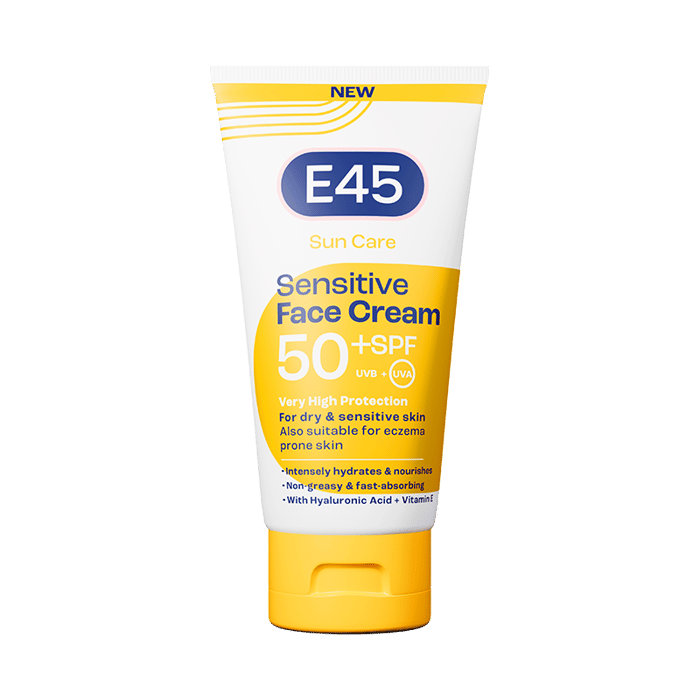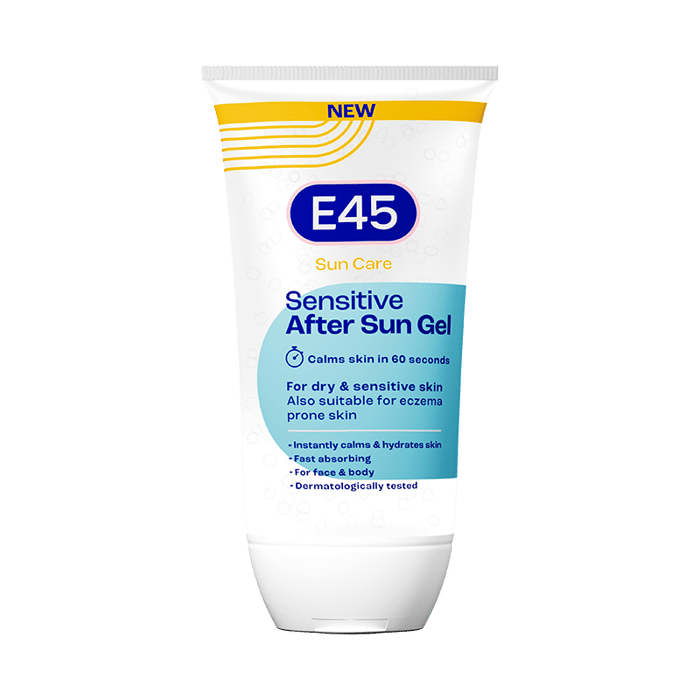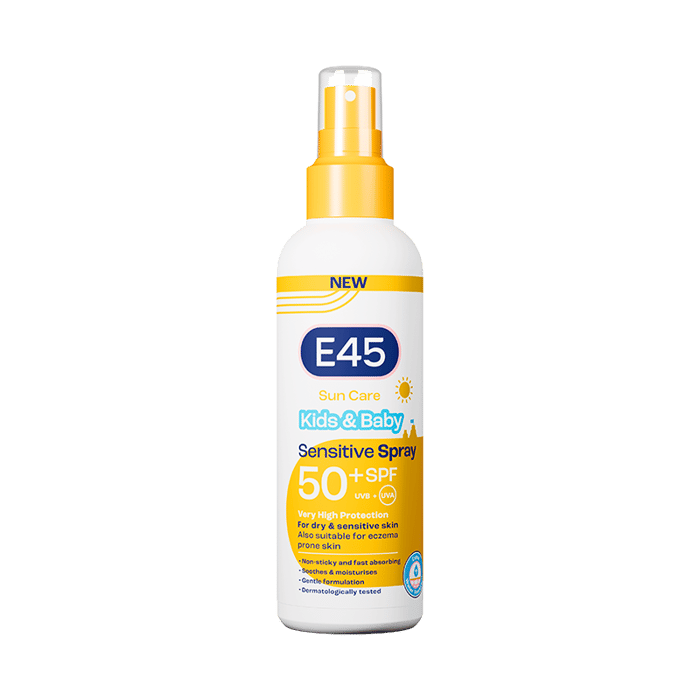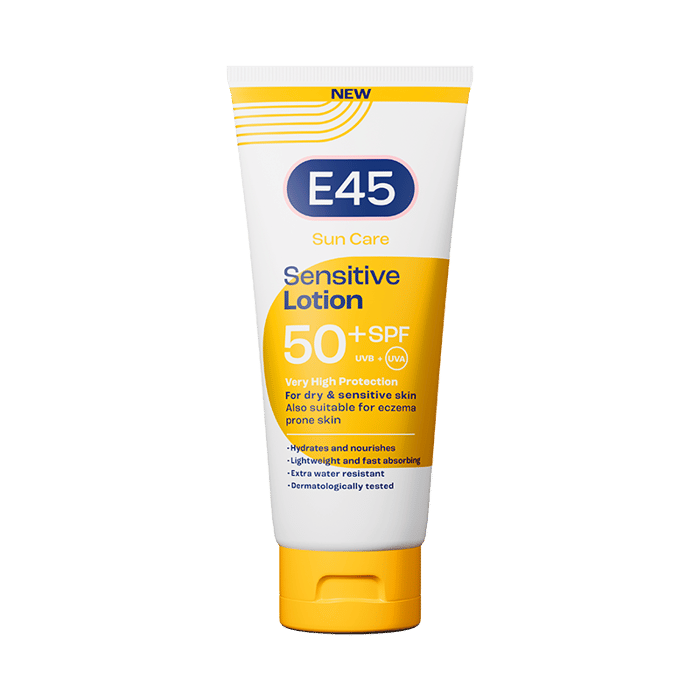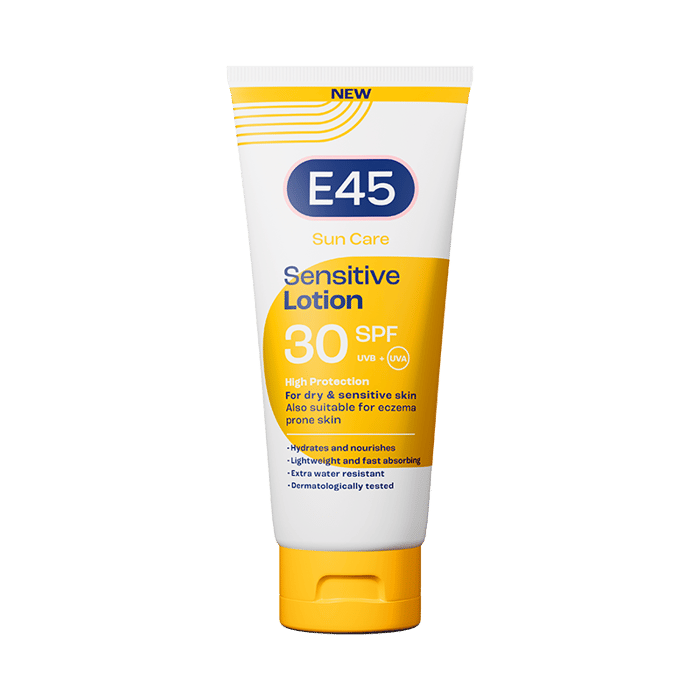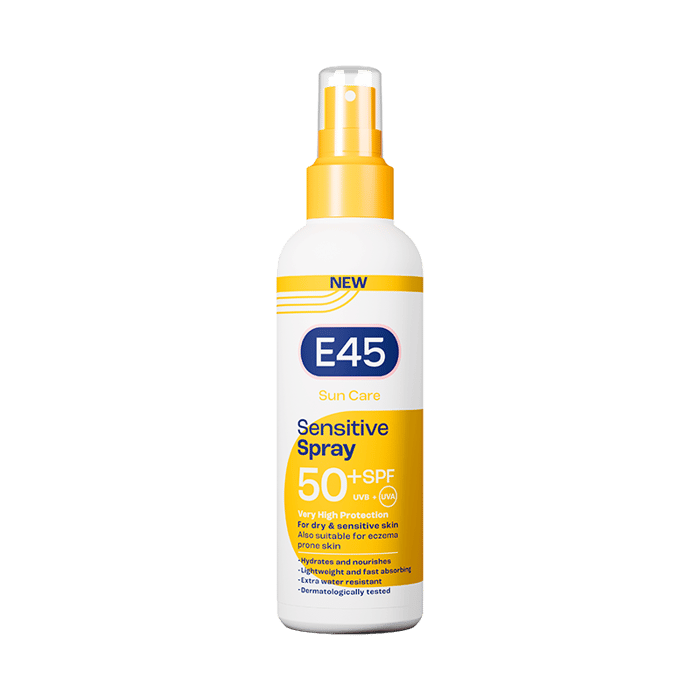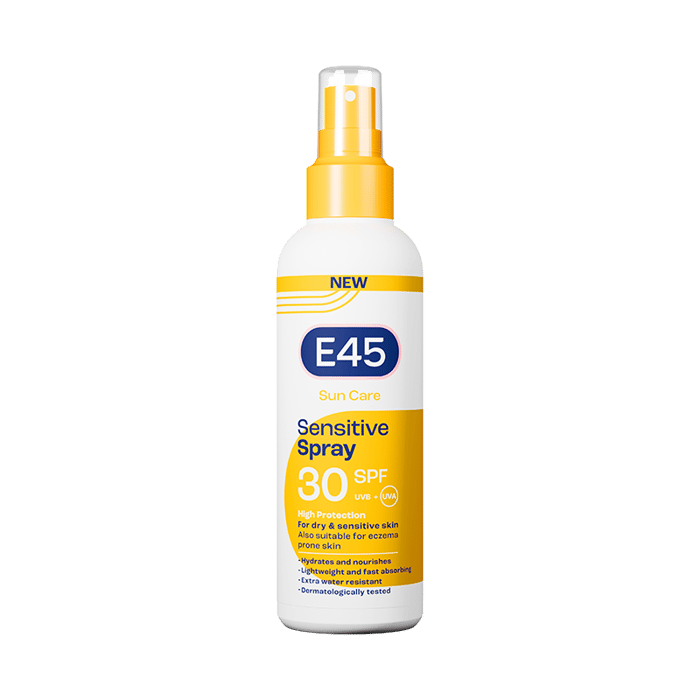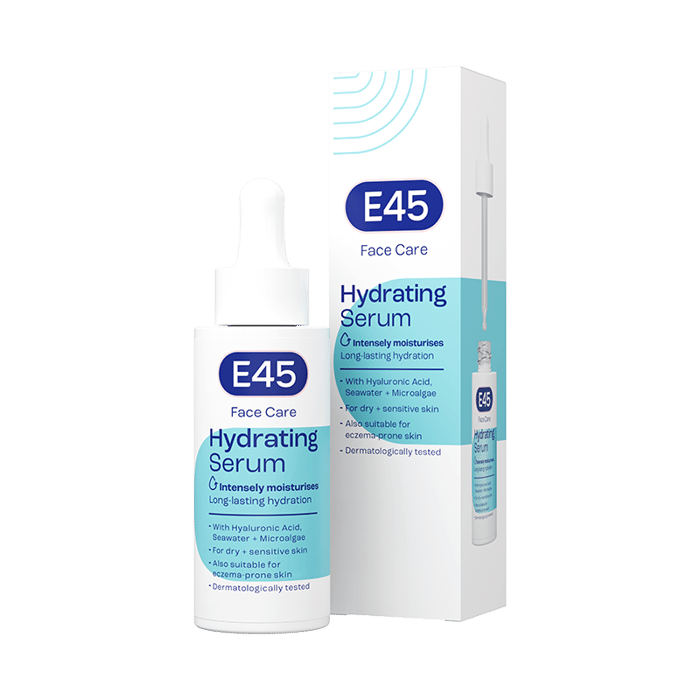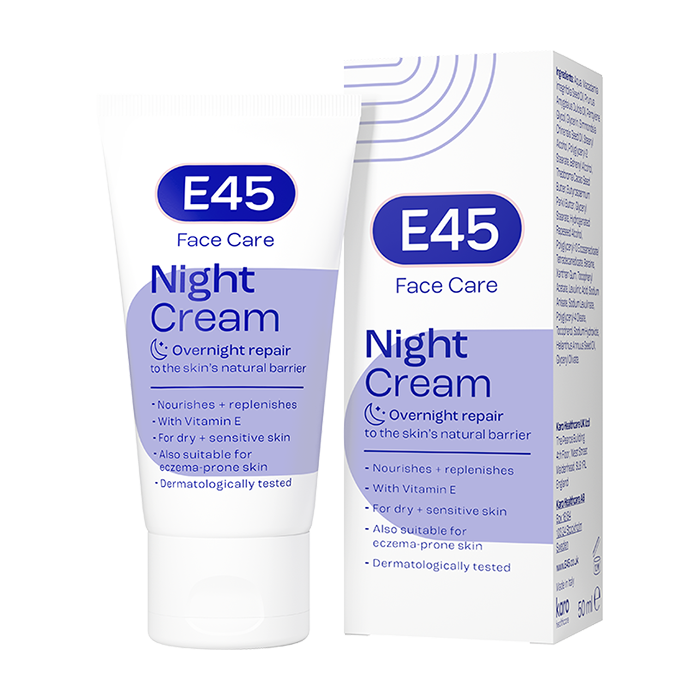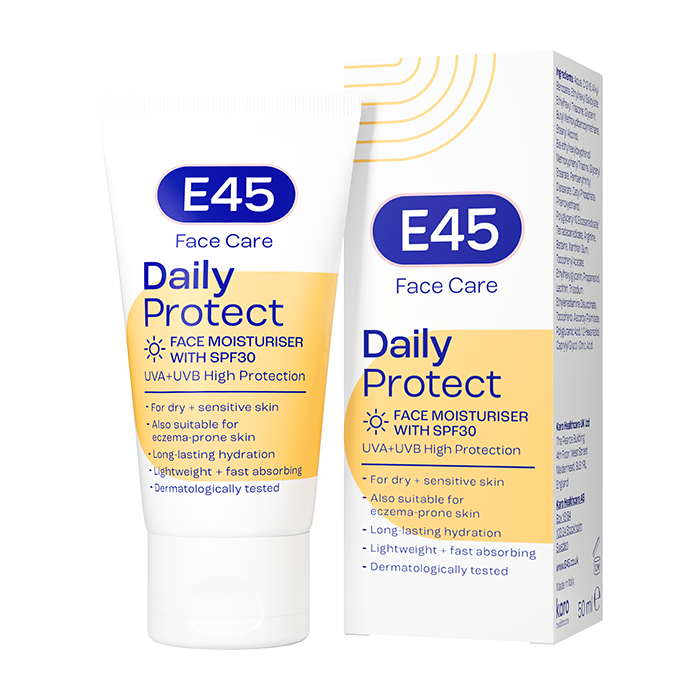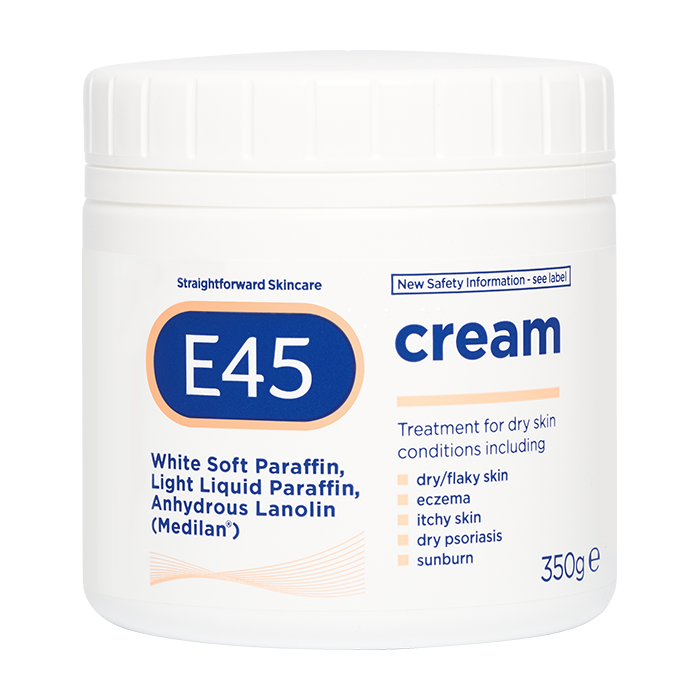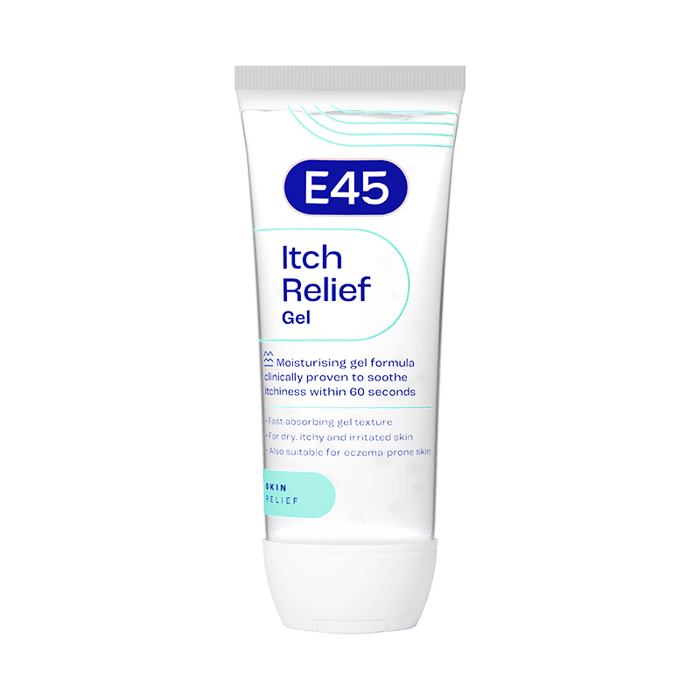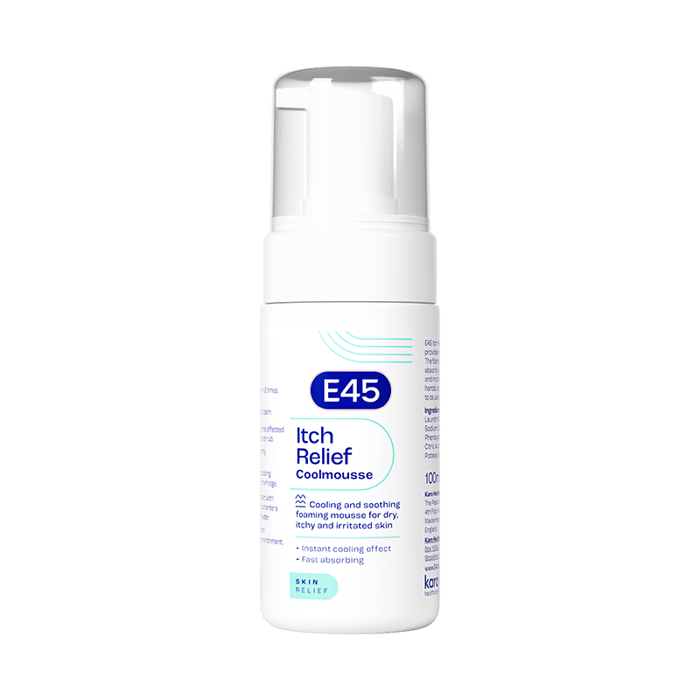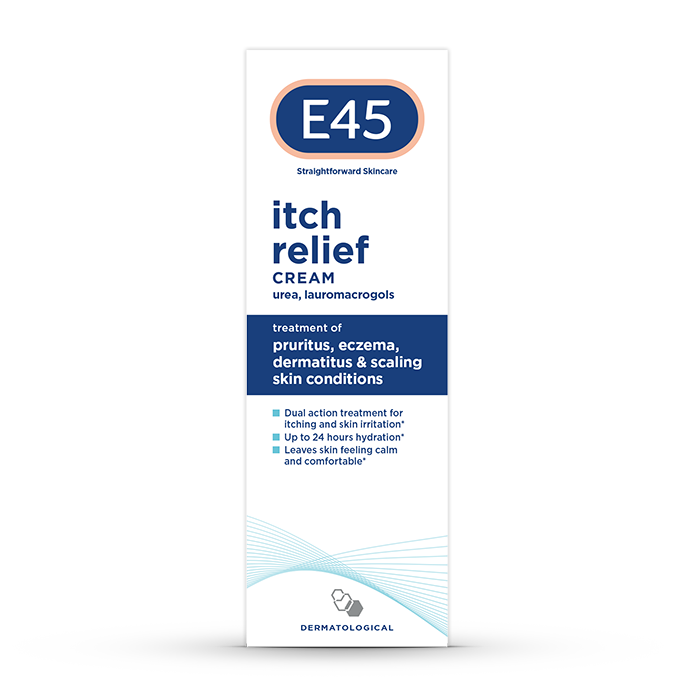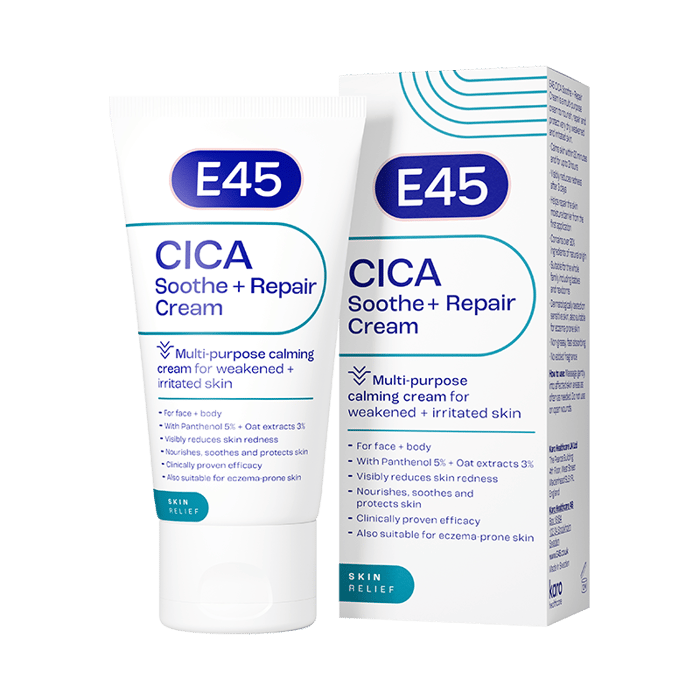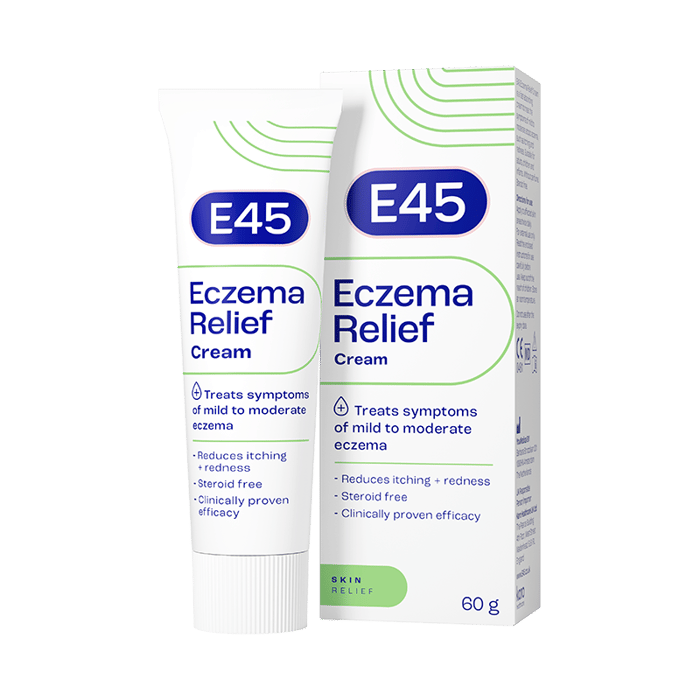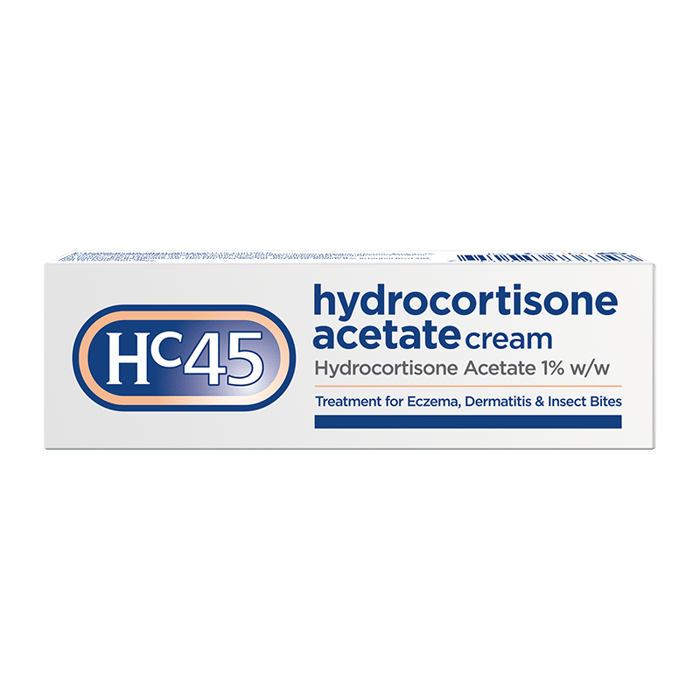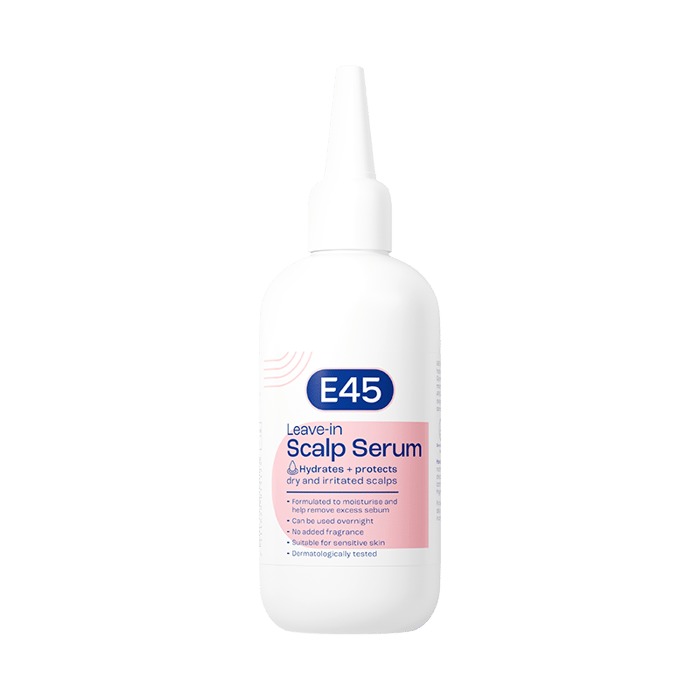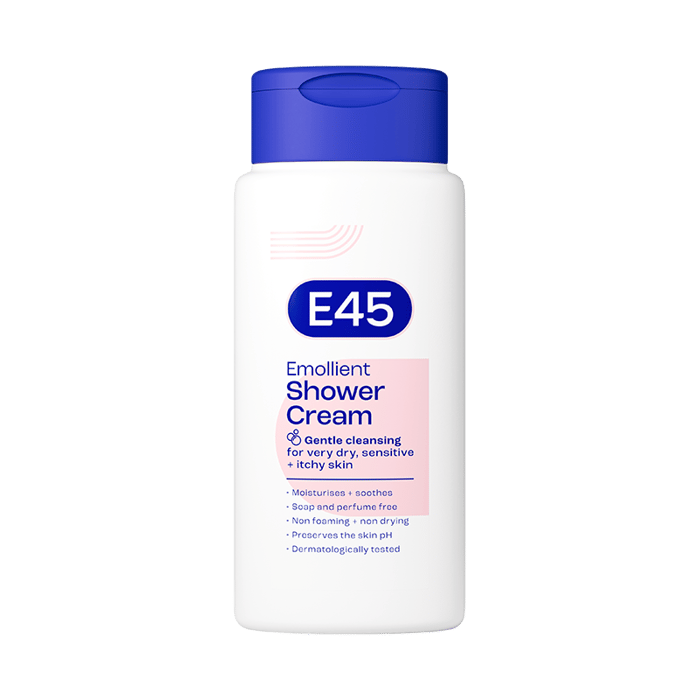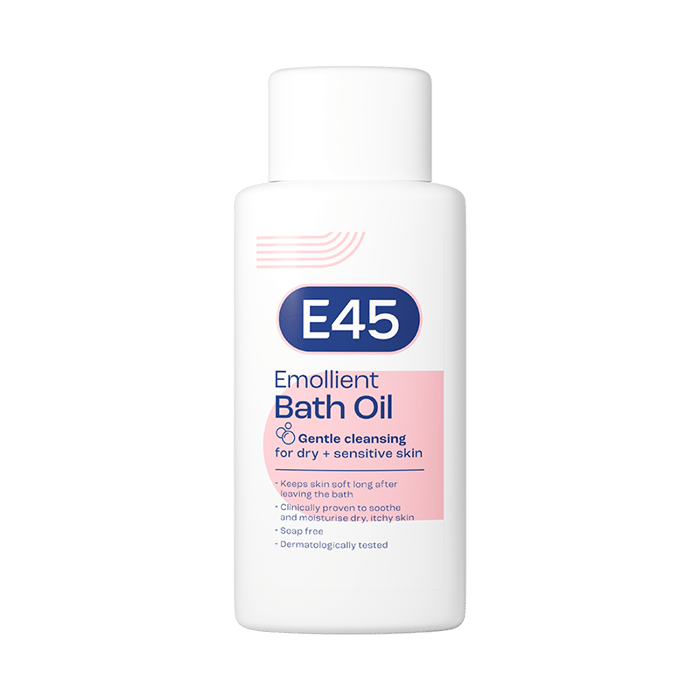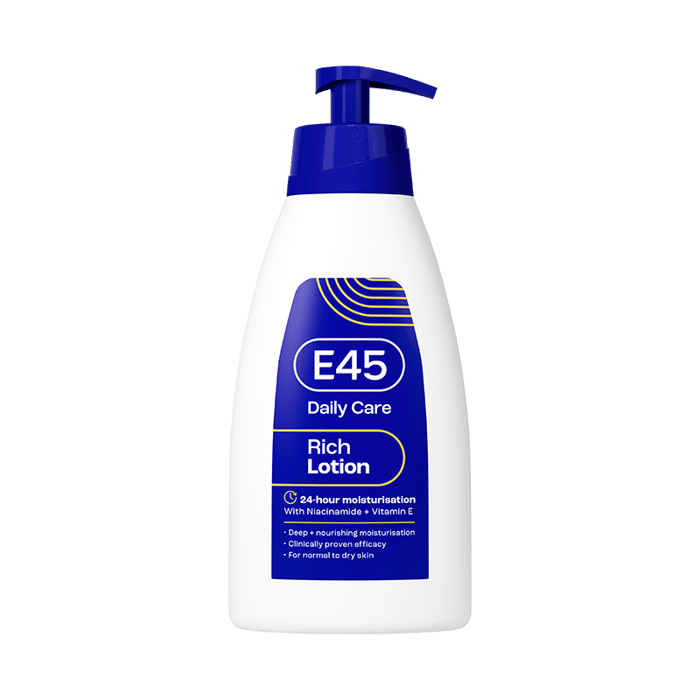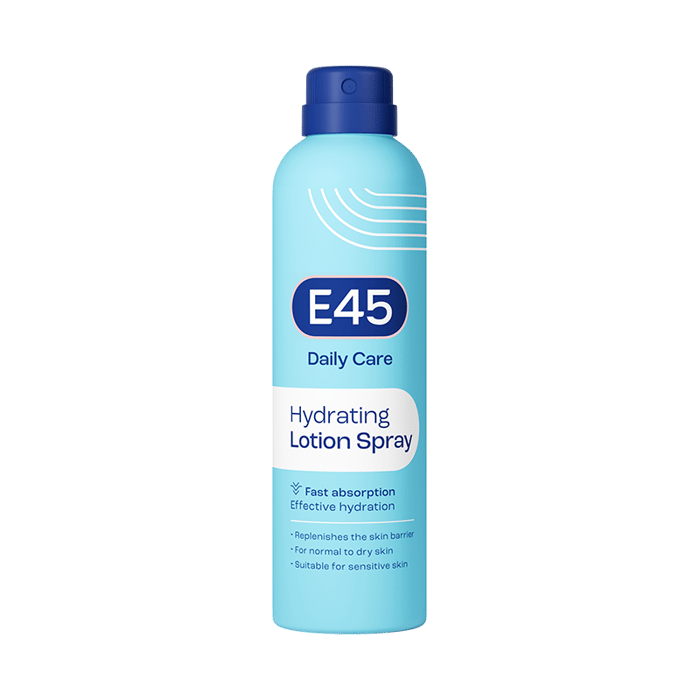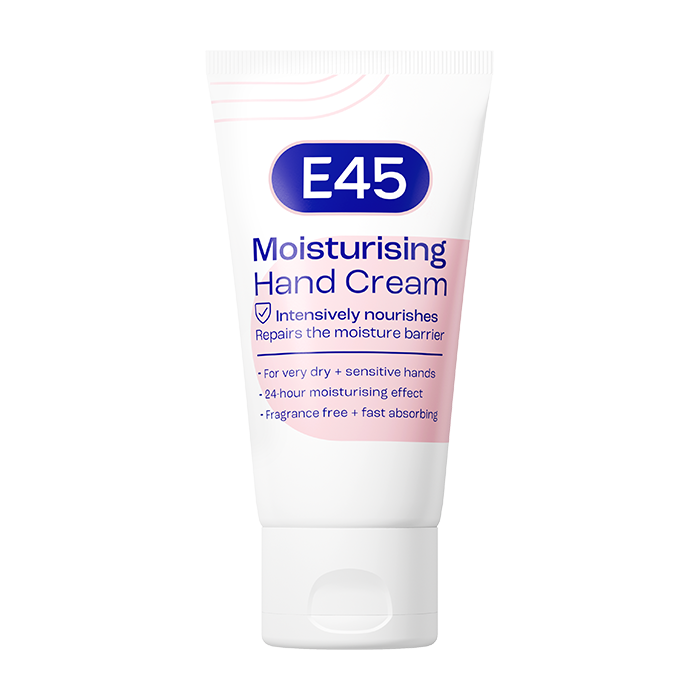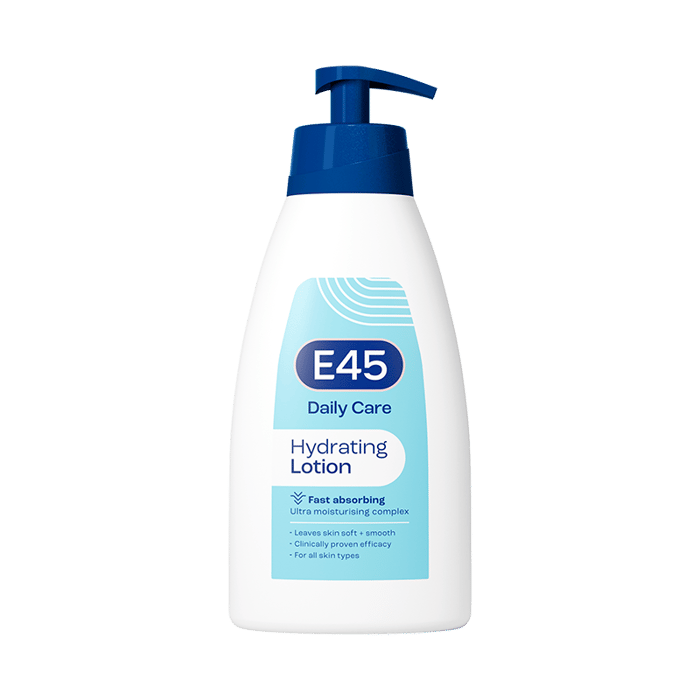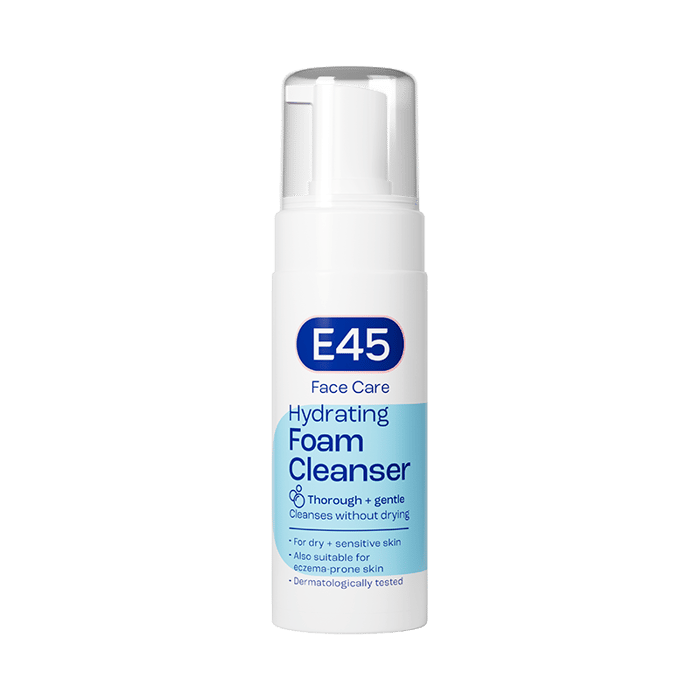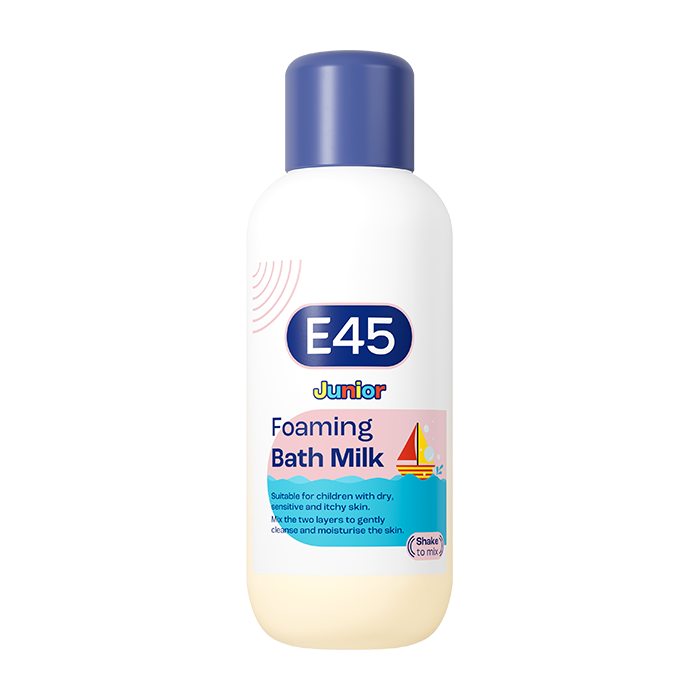Understanding UV Rays: Protection and Awareness
Ultraviolet (UV) rays, invisible yet powerful components of sunlight, are crucial environmental factors that impact our health and daily life. In fact, approximately 86% of all skin cancers in the UK are attributable to excessive exposure to sunlight (source), and almost 9 in 10 cases of melanoma skin cancer could potentially have been prevented by staying safe in the sun and avoiding sunbeds (source).
Table of Contents
- What are UV rays?
- Types of UV rays: UVA vs. UVB
- The UV Index: When are UV rays strongest?
- Who is particularly vulnerable to UV rays?
- Cloudy days: Can you get sunburned through clouds?
- Glass: Can you get sunburned through windows?
- Overall Effects of UV radiation on skin and health
- How to protect yourself and kids from UV rays
- Conclusion
- FAQ
What are UV rays?
UV rays, or ultraviolet rays, are a type of electromagnetic radiation that comes mainly from the sun. These rays are invisible to the human eye and are known for their role in causing sunburns and tanning. However, UV exposure isn’t limited to just beach days or summer afternoons:
- Sunlight: The most significant natural source of UV radiation is the sun. This includes direct sunlight as well as indirect exposure through cloud cover or reflections from surfaces like water, snow and sand.
- Tanning beds and sunlamps: These artificial sources emit concentrated UV radiation and are commonly used for cosmetic tanning purposes.
- Certain types of lamps and lighting: Some types of industrial, commercial and medical lamps, such as black light lamps, germicidal lamps and mercury vapour lamps, emit UV radiation. This exposure is typically controlled and limited to specific applications.
Types of UV rays: UVA vs. UVB
Understanding the differences between UVA and UVB rays is key in appreciating the risks associated with sun exposure and the importance of effective sun protection.
Characteristics of UVA rays
- Prevalence and penetration: Comprising about 95% of the UV radiation that reaches the Earth’s surface, UVA rays have a longer wavelength (source). This allows them to penetrate deep into the skin, reaching beneath the epidermis.
- Ageing effects: UVA rays are primarily responsible for skin ageing, contributing to wrinkles, sunspots and other signs of photoaging. They damage the skin at a deeper level, affecting collagen and elastin, leading to loss of elasticity.
- Tanning role: They are also the main rays responsible for tanning, stimulating the skin to produce melanin.
Characteristics of UVB rays
- Intensity and skin surface impact: UVB rays, though less prevalent, are more intense than UVA rays. With a shorter wavelength, they mostly affect the skin’s surface layers.
- Sunburn and DNA damage: These rays are the primary cause of sunburn. The damage they inflict on the skin’s surface can lead to redness and swelling, and in severe cases, blistering. They are also responsible for direct DNA damage in skin cells.
- Skin cancer connection: UVB rays play a pivotal role in the development of most skin cancers, including melanoma, due to their ability to cause direct DNA damage in skin cells (source).
UVA and UVB effects on the skin
While both UVA and UVB rays are harmful and contribute to skin damage and cancer, their mechanisms and types of damage differ significantly:
- UVA rays: These rays cause long-term skin damage like ageing and indirect DNA damage through the generation of free radicals. Although they do not cause sunburn, their deep penetration leads to substantial and cumulative skin damage.
- UVB rays: UVB rays are mainly responsible for immediate effects like sunburn. They directly damage the skin’s DNA, leading to a higher risk of skin cancer, especially melanoma (source).
Given both the unique and overlapping dangers posed by UVA and UVB rays, broad-spectrum sunscreens are essential. A broad-spectrum sun cream provides comprehensive protection against both types of UV radiation, mitigating risks like skin ageing, sunburn and skin cancer.
The UV Index: When are UV rays strongest?
The Ultraviolet (UV) Index is a standard measurement of the strength of sunburn-producing ultraviolet radiation at a particular place and time. Developed by the National Weather Service and the Environmental Protection Agency in the United States, the UV Index provides a daily forecast of the expected risk of overexposure to the sun (source).
- 1-2 (Low): A minimal risk of harm from unprotected sun exposure. However, wearing sunglasses and using SPF 30+ sunscreen can provide basic protection.
- 3-5 (Moderate): Moderate risk of harm. It’s advisable to stay in the shade during midday hours, wear protective clothing and use sunscreen.
- 6-7 (High): High risk of harm. In addition to the above precautions, seek shade between 10am and 4pm, when the sun’s rays are strongest.
- 8-10 (Very High): Very high risk. Extra precautions should be taken, such as wearing a wide-brimmed hat and UV-blocking sunglasses.
- 11+ (Extreme): Extreme risk of harm. It is recommended to avoid sun exposure between 10am and 4pm, and to take all protective measures, including reapplying sunscreen every two hours.
(source)
Who is particularly vulnerable to UV rays?
Sunburn susceptibility varies greatly among individuals, depending heavily on skin type, genetics and environmental factors. The following groups are particularly at risk (source):
- People with fair skin: Individuals with lighter skin tones have less melanin, a natural pigment that provides some protection against UV radiation. They are more prone to sunburn and skin damage.
- Children and infants: Young skin is more sensitive to UV rays. Children and infants, due to their delicate skin, are more susceptible to sunburn, making sun protection crucial. Read more in our articles about when you can take your newborn out in the sun and how to protect them.
- People with certain genetic conditions: Individuals with genetic conditions like albinism or xeroderma, which affect skin pigmentation and DNA repair mechanisms, respectively, are at a higher risk of sunburn and skin damage.
- Medication users: Certain medications, such as antibiotics, birth control pills and acne treatments, can increase the skin’s sensitivity to sunlight, leading to easier sunburn.
- People with a history of sunburns: Those who have had severe sunburns in the past are more likely to experience sunburns again, with cumulative damage raising the risk of skin cancer.
Awareness of these risk factors is vital in adopting appropriate sun protection strategies, such as using sunscreen, wearing protective clothing and limiting sun exposure during peak hours.
Cloudy days: Can you get sunburned through clouds?
It’s a common thought that you won’t get sunburned if it’s cloudy. After all, when it’s cloudy, the sun isn’t as bright, so it seems like you’re safer from sunburn. But that’s not really how it works. Even though clouds can hide the sun, they don’t stop all of the sun’s rays that can burn your skin. Some sunlight still gets through the clouds, and that means you can still get sunburned on a cloudy day (source).
Different types of clouds are better or worse at blocking sunlight. Thick, heavy clouds might block more sun than thin, wispy ones. But even with thick clouds, some sun can sneak through. And sometimes, clouds can make things worse by bouncing the sun’s rays around, which can actually increase your chances of getting burned.
Because of this, it’s important to be careful about sunburn even when it’s cloudy. Just like on sunny days, you should use sun cream, wear clothes that cover your skin and try to stay in the shade. This way, you can enjoy being outside without worrying about getting sunburn, whether the sun is out or hiding behind the clouds.
Glass: Can you get sunburned through windows?
In the context of UV radiation penetrating through glass, it’s essential to distinguish between UVA and UVB rays. Standard window glass in our homes and vehicles is quite effective at blocking most UVB rays, which are known for their immediate effects like sunburn and a critical role in skin cancer development.
However, this same glass is less effective against UVA rays. These rays, while less intense, are responsible for deeper skin damage, contributing to ageing and increasing the risk of skin cancer over time. In fact, more than 50% of the rays can penetrate glass (source). This means that even when we’re indoors or in a car, we’re not completely shielded from the sun’s harmful effects.
To address this issue, it’s advisable to use additional protective measures. Applying window films that block both UVA and UVB rays is a practical solution, especially for areas frequently exposed to sunlight, like car interiors or rooms with large windows.
Overall effects of UV radiation on skin and health
Ultraviolet (UV) radiation has a huge impact on our health, with the effects ranging from beneficial to potentially harmful. Understanding how UV rays penetrate clouds, as well as the dangers of not taking precautions is key:
- Impact on the skin: Ultraviolet (UV) radiation, primarily from the sun, poses significant risks to skin health. One of the most immediate effects is sunburn, which is not only painful, but also damages the skin at a cellular level. Repeated overexposure to UV rays accelerates the ageing process of the skin, leading to premature wrinkles and a loss of elasticity. More critically, UV radiation can alter the DNA within skin cells, increasing the risk of skin cancers, including melanoma, basal cell carcinoma and squamous cell carcinoma (source). Certain skin conditions, such as psoriasis and eczema, may worsen with UV exposure. Additionally, UV rays can compromise the skin’s immune defence mechanisms, potentially reducing its ability to fend off various infections and diseases (source).
- Effects on overall health: Beyond skin-related issues, UV radiation has broader implications for overall health. Prolonged exposure to UV rays can lead to eye damage, including the development of cataracts, which is a leading cause of vision impairment and blindness globally (source). UV exposure can also suppress the immune system, making the body more susceptible to infections and reducing its ability to combat diseases effectively.
However, it’s important to recognise that UV radiation also plays a vital role in health. It is essential for the synthesis of vitamin D in the skin, which is key for maintaining healthy bones, supporting immune function and playing a role in various other bodily processes. This dual nature of UV radiation—being both beneficial and harmful — underscores the importance of balanced exposure and the need for protective measures to mitigate its adverse effects.
How to protect yourself and kids from UV rays
Effective protection from the sun’s harmful ultraviolet rays involves a combination of strategies:
- Sunscreen: Apply broad-spectrum sun cream with an SPF of 30 or higher on all exposed skin, ensuring coverage of often-missed areas like ears and feet.
- Protective clothing: Wear clothing that covers as much skin as possible. Fabrics with a tight weave and darker colours offer better UV protection. For kids, UV-protective swimwear can be particularly useful.
- Hats and sunglasses: Use wide-brimmed hats to shield the face, neck and ears. Sunglasses with 100% UV protection are essential for protecting the eyes.
- Seek shade: Limit exposure during peak sun hours (10am to 4pm). Use umbrellas or canopies, especially for young children.
- UV-protective gear: Use sunshades for strollers and UV tents at the beach to protect infants and toddlers.
Read more: Sun safety article
Conclusion
In summary, UV rays, both UVA and UVB, present real risks to our skin and overall health. While they are a natural part of sunlight and essential for vitamin D synthesis, excessive exposure can lead to serious issues like sunburn, skin ageing and increased cancer risk. It’s important to remember that these risks aren’t limited to sunny days; UV rays can penetrate clouds and even windows, posing a threat even when the sun isn’t visibly shining. Key strategies for protection include using a broad-spectrum sunscreen every day, wearing protective clothing and seeking shade during peak hours.
FAQ
How harmful are UV rays?
UV rays can be harmful, particularly with prolonged exposure. They can cause skin damage, sunburn, premature ageing, eye damage and increase the risk of skin cancer. However, in moderation, UV rays are essential for vitamin D synthesis in the skin.
What are the 3 types of UV rays?
The three types of UV rays are:
- UVA rays: These penetrate deep into the skin, leading to ageing and long-term damage.
- UVB rays: Responsible for sunburn and play a significant role in skin cancer.
- UVC rays: The most harmful, but completely absorbed by the Earth’s atmosphere and do not reach the surface.
What does UV light mean?
UV light refers to ultraviolet light, a type of electromagnetic radiation with a wavelength shorter than visible light, but longer than X-rays. It is not visible to the human eye and is known for its effects on the skin, like tanning and sunburn.
Which UV is safe?
In terms of UV radiation from the sun, none are entirely “safe” as all can cause damage with excessive exposure. However, UVA rays are generally considered less harmful than UVB in terms of immediate effects like sunburn, but they still contribute to skin ageing and cancer risk. UVC rays are the most dangerous, but they are not a concern as they do not reach the Earth’s surface. In controlled environments, certain wavelengths of UV light are used for medical treatments and sterilisation, indicating that with proper control and protection, some UV exposure can be safe and beneficial.



